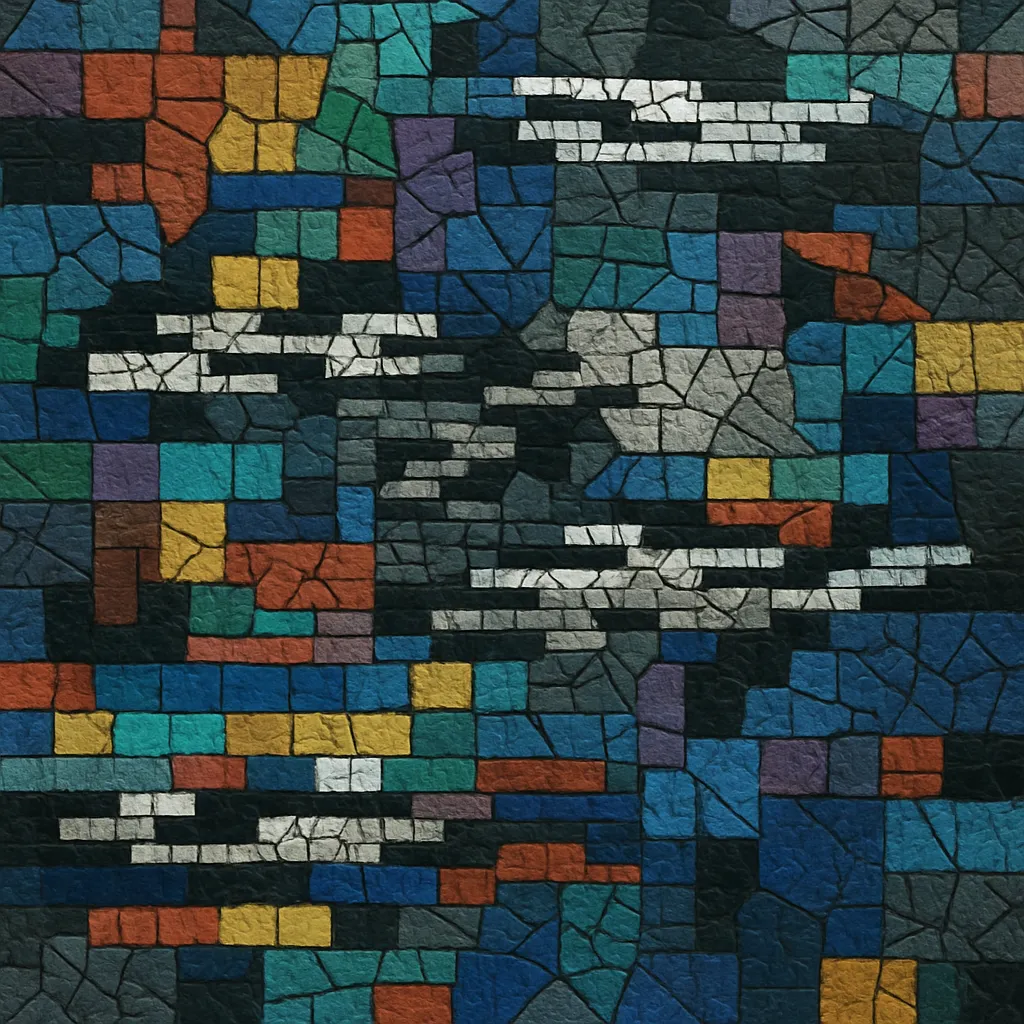
Broken transmission is a vaporwave-adjacent microgenre built from fragmented, channel-surfing collages of analog broadcast ephemera. Producers splice together tiny shards of TV idents, news stingers, commercials, interstitial music, and dead air, emphasizing tape hiss, static, dropouts, and tuning noise as musical material.
Often beatless or only loosely pulsed, tracks unfold like late-night flipping through channels: abrupt cuts, fleeting jingles, station sign‑offs, and half-heard voiceovers that dissolve into snow. The result is a liminal, hauntological mood—nostalgia filtered through the mechanical errors and material decay of VHS, cable boxes, and broadcast tape.
Where classic vaporwave slows and loops pop smoothness, broken transmission foregrounds the texture of the medium itself. It treats errors, transitions, and broadcast artifacts as hooks, creating an uncanny documentary of mediated memory.
Broken transmission emerged in the early 2010s within the wider online vaporwave ecosystem. As Bandcamp, SoundCloud, and cassette labels proliferated, some artists shifted the focus from smooth corporate muzak and slowed pop toward the noisy thresholds of media playback—capturing the ghostly moments between programs, the glitches of a worn VHS, and the sonic detritus of television branding.
Early touchstones included albums that treated commercials, channel idents, and station bumpers as primary source material, with micro-loops and abrupt edits that mimicked channel surfing. The approach paralleled hauntology’s fascination with lost broadcast culture while adopting vaporwave’s plunderphonic toolkit.
By the mid‑2010s, labels and communities around vaporwave (e.g., Dream Catalogue, Business Casual, and tape-centric imprints) fostered releases steeped in broadcast grit: short cuts, noise floors, and transitional cues. Techniques like hard gating, band-limiting (to emulate TV speaker bandwidth), and deliberate tape wow/flutter became idiomatic. Projects leaned into liminality—news jingles bleeding into ad beds, public‑access bumps, and “dead air” as pacing.
The genre’s hallmark is not any single beat pattern or harmony language but a remembrance of media infrastructure. It documents the unconscious backdrop of daily life—branding mnemonics, emergency tests, and late-night schedules—now estranged by time and format loss. As such, broken transmission sits at the crossroads of plunderphonics, sound collage, hauntology, and vaporwave, extending their focus to the mechanics and errors of transmission.
Its emphasis on grit and media decay informed harsher vapor-adjacent strains (vapornoise) and themed substyles that mine archival state or regional broadcasts (e.g., sovietwave). It also overlaps with spamwave’s advertising-saturated collages, while continuing to influence contemporary tape and netlabel culture.

